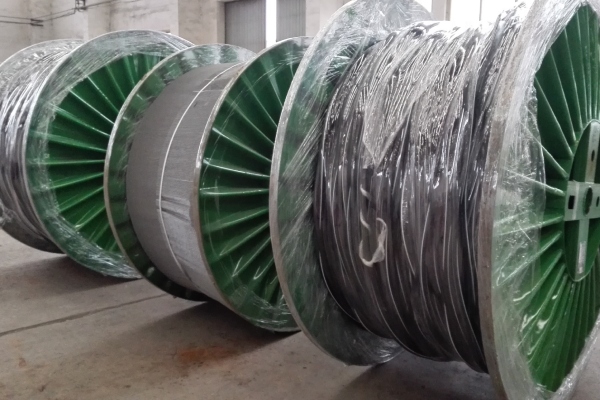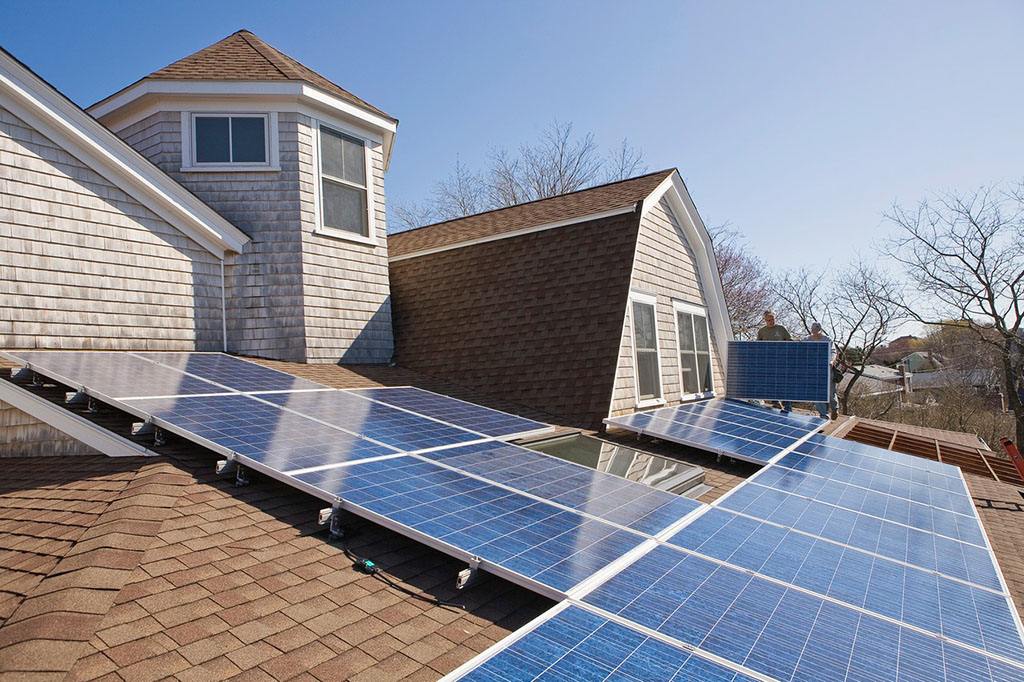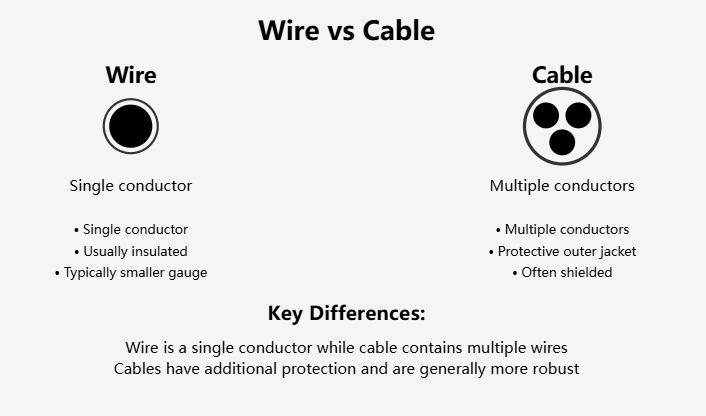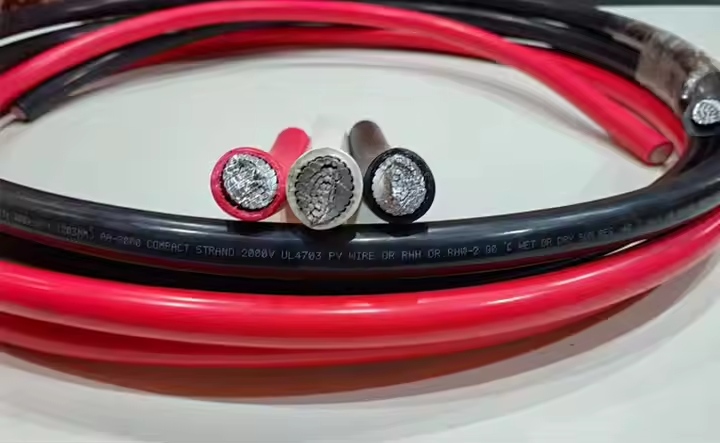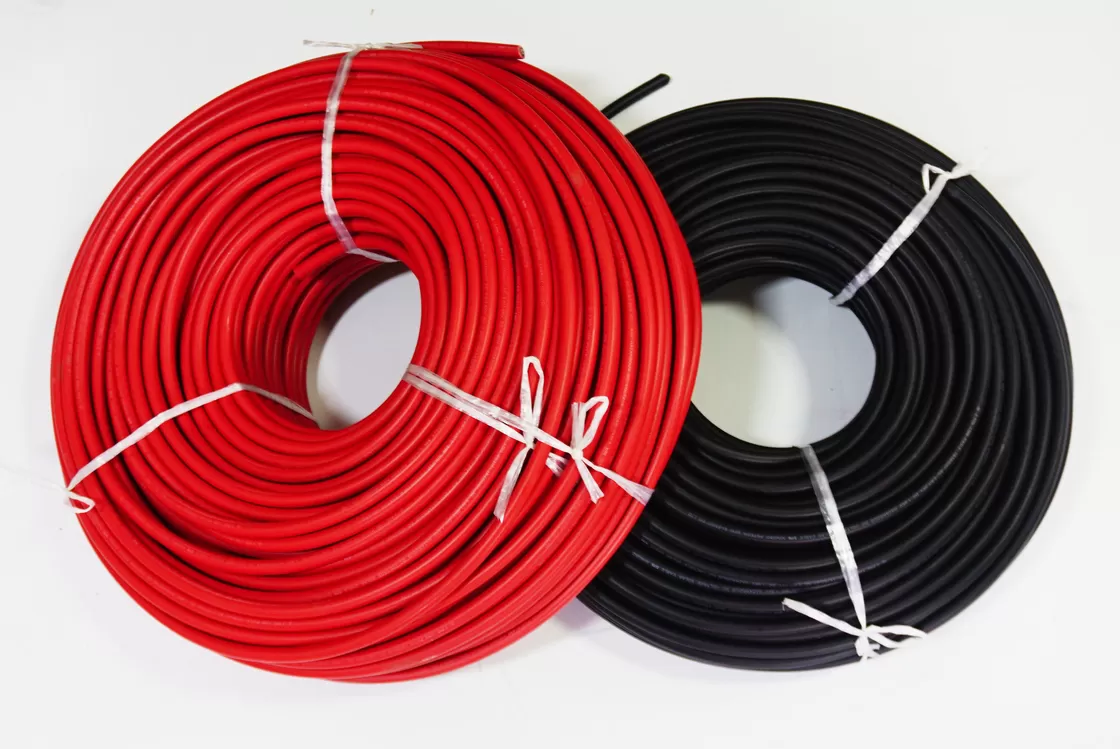As the world races toward renewable energy, solar power has emerged as a cornerstone of sustainable living. At the heart of every photovoltaic (PV) system lies an unsung hero: the PV cable. These cables are tasked with transmitting electricity from solar panels to inverters and beyond, often enduring harsh outdoor conditions for decades. A critical decision in designing these systems is choosing the right conductor—copper or aluminum. Both metals have unique strengths and weaknesses, sparking debates among engineers, installers, and solar enthusiasts alike. Should you prioritize copper’s superior conductivity or aluminum’s cost-effectiveness? This choice impacts not only the efficiency and safety of a solar installation but also its long-term cost and scalability.
In this article, we’ll explore four key theses to determine which conductor reigns supreme in PV cables: copper’s unmatched electrical performance, aluminum’s cost and weight advantages, copper’s durability and reliability, and aluminum’s suitability for large-scale applications. Drawing from recent industry insights and practical considerations, we’ll weigh the arguments to help you make an informed decision for your next solar project. Whether you’re a homeowner, contractor, or developer, understanding these factors can optimize your system’s performance and budget.
Copper Outshines Aluminum in Electrical Performance
Copper’s superior conductivity ensures minimal energy loss, making it the gold standard for efficient PV systems.
Copper boasts an electrical conductivity of 100% on the International Annealed Copper Standard (IACS), while aluminum lags at just 61% . This means copper can carry more current per unit of cross-sectional area, reducing resistive losses that sap energy as heat. In a PV system, where every watt counts, this efficiency translates to more usable power delivered from panels to the grid or battery. For instance, a copper PV cable can be thinner than an aluminum equivalent for the same current rating, saving space and simplifying installation .
Moreover, copper’s lower resistivity—0.017241 (Ω x mm²)/m compared to aluminum’s 0.0282 (Ω x mm²)/m—means less voltage drop over long distances. This is critical in residential or small commercial setups where cable runs may be shorter but efficiency remains paramount. Studies show that copper’s thermal conductivity also aids in dissipating heat faster, reducing the risk of overheating under high loads . In contrast, aluminum’s larger diameter to achieve the same ampacity can lead to higher resistance if not sized correctly, potentially compromising system performance .
Counterpoint and Rebuttal: Critics argue that aluminum’s lower conductivity can be offset by increasing its gauge size. While true, this solution increases material use, conduit size, and installation complexity, negating some cost benefits. Copper’s inherent efficiency makes it a simpler, more reliable choice for performance-driven applications.
Aluminum Offers Unbeatable Cost and Weight Savings
Aluminum’s affordability and lighter weight make it a practical choice for budget-conscious and large-scale PV projects.
Price is a decisive factor in solar installations, and aluminum delivers significant savings. As of recent market trends, copper can cost 3.5 to 5 times more per ton than aluminum—$9,202.51 versus $2,389.06. For a 1,000-foot feeder, copper’s cost per amp can balloon to five times that of aluminum at larger sizes . This disparity is especially pronounced in commercial or utility-scale projects requiring extensive wiring, where aluminum can slash material costs by up to 80% when fully utilized .
Weight is another advantage. Aluminum’s density is roughly one-third that of copper, meaning a cable of equivalent ampacity is lighter and easier to handle. This reduces labor costs and strain on support structures, particularly in long runs or overhead applications like utility transmission lines. Contractors report faster installs with aluminum due to its flexibility and reduced weight, a boon for projects with tight timelines .
Counterpoint and Rebuttal: Copper advocates highlight its smaller size for the same ampacity, reducing conduit needs. However, the additional conduit cost for aluminum is often dwarfed by the conductor savings, especially in larger projects where economies of scale amplify aluminum’s edge . For cost-sensitive installations, aluminum’s value is hard to beat.
Copper’s Durability Ensures Long-Term Reliability
Copper’s resistance to corrosion and thermal expansion makes it a safer, more dependable option for PV cables over decades.
PV cables must endure 25–30 years of exposure to sunlight, moisture, and temperature swings. Copper excels here, resisting corrosion in most environments without needing protective coatings . Aluminum, however, oxidizes when exposed to moisture, forming a resistive layer that can degrade connections over time unless treated with anti-oxidation compounds . In damp or coastal areas, this susceptibility can lead to maintenance headaches or even failure .
Thermal expansion is another concern. Aluminum’s higher coefficient means it expands and contracts more with temperature changes, potentially loosening connections and increasing fire risks from arcing . Copper, with a lower coefficient, maintains stable joints, enhancing safety and reducing upkeep . Industry advancements like AA-8000 series aluminum alloys have improved creep resistance, but copper still outperforms without special alloys [Web ID: 14]. For example, copper’s tensile strength—twice that of aluminum—ensures it withstands mechanical stress better, a key factor in outdoor installations .
Counterpoint and Rebuttal: Aluminum proponents argue modern alloys and proper installation mitigate these issues. Yet, even with bi-metallic lugs and professional installation, aluminum requires more vigilance, whereas copper’s inherent properties offer peace of mind with less effort. Reliability favors copper.
Aluminum Excels in Large-Scale PV Applications
Aluminum’s scalability and availability make it ideal for expansive solar farms and utility projects.
Large-scale PV systems, like solar farms powering millions of homes, demand miles of cabling. Here, aluminum shines. Its lower cost per amp becomes more pronounced as conductor size increases, making it a staple in feeders and DC circuits sized #2 AWG and larger. Utilities have long embraced aluminum for overhead lines, leveraging its weight savings and cost-effectiveness over vast distances. In central inverter-based designs, aluminum DC feeders can replace copper without sacrificing reliability if terminations are compatible .
Availability is another edge. While copper faces supply chain volatility—often manufactured offshore—aluminum is abundant and less prone to price spikes . This stability is crucial as the U.S. aims for 100% carbon-free energy by 2035, driving demand for scalable solar solutions. A 2021 analysis noted aluminum’s use in medium-voltage applications, where large cables amplify savings, aligning with utility practices .
Counterpoint and Rebuttal: Copper’s superior conductivity is preferred in smaller arrays. However, for expansive projects, the marginal efficiency loss is outweighed by aluminum’s cost and logistical advantages, especially when paired with proper engineering . Scale tips the scales toward aluminum.
Conclusion
The battle between copper and aluminum in PV cables is not a one-size-fits-all contest—it’s a strategic choice shaped by project goals. Copper stands out for its unmatched conductivity and durability, making it ideal for smaller, efficiency-focused systems where reliability is non-negotiable. Aluminum, with its cost and weight advantages, dominates in large-scale applications where budget and scalability reign supreme. Both conductors have evolved—copper with its timeless performance, aluminum with modern alloys addressing past flaws—but their strengths align with distinct needs.
For homeowners or small businesses, copper’s long-term efficiency and minimal maintenance make it a worthy investment. For developers of sprawling solar farms, aluminum’s affordability and practicality unlock significant savings without compromising function. Ultimately, the “winner” depends on your priorities: performance or price, longevity or logistics. Consult with a professional electrician and weigh your project’s specifics—distance, environment, and budget—to choose wisely. As solar energy powers our future, both copper and aluminum will play vital roles, each conducting us toward a greener tomorrow.

